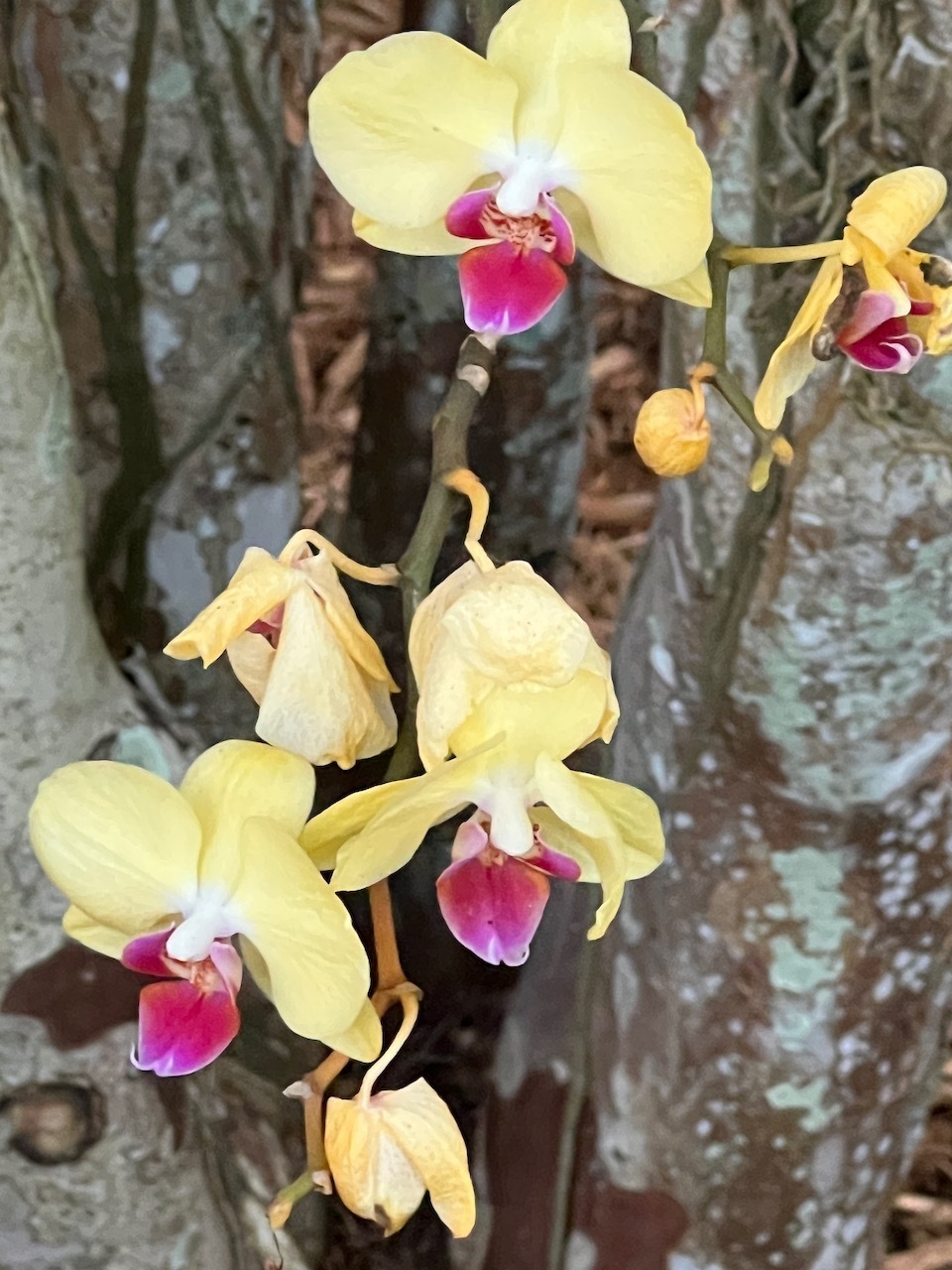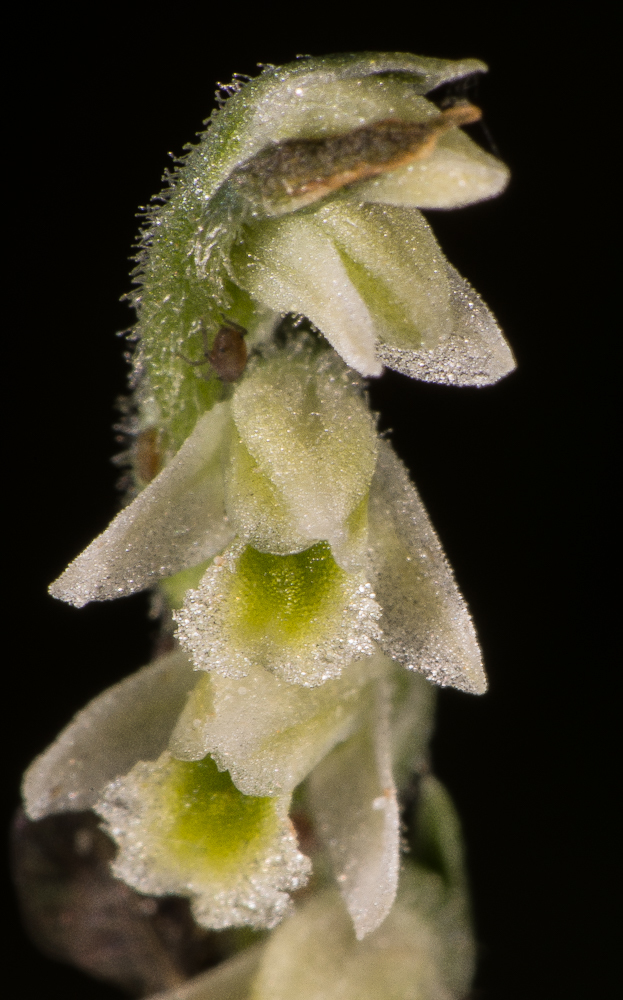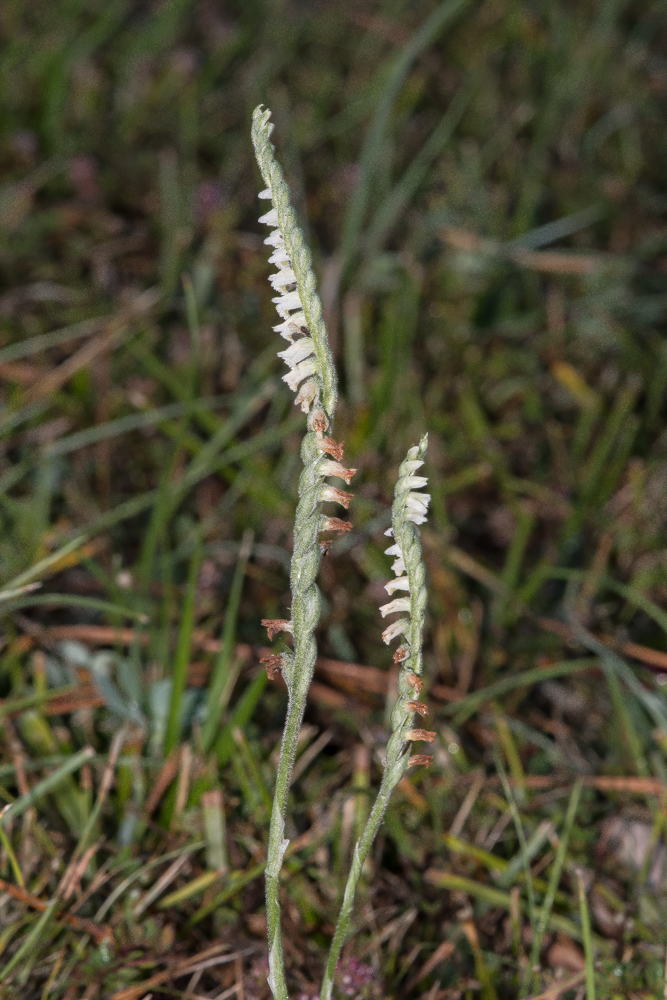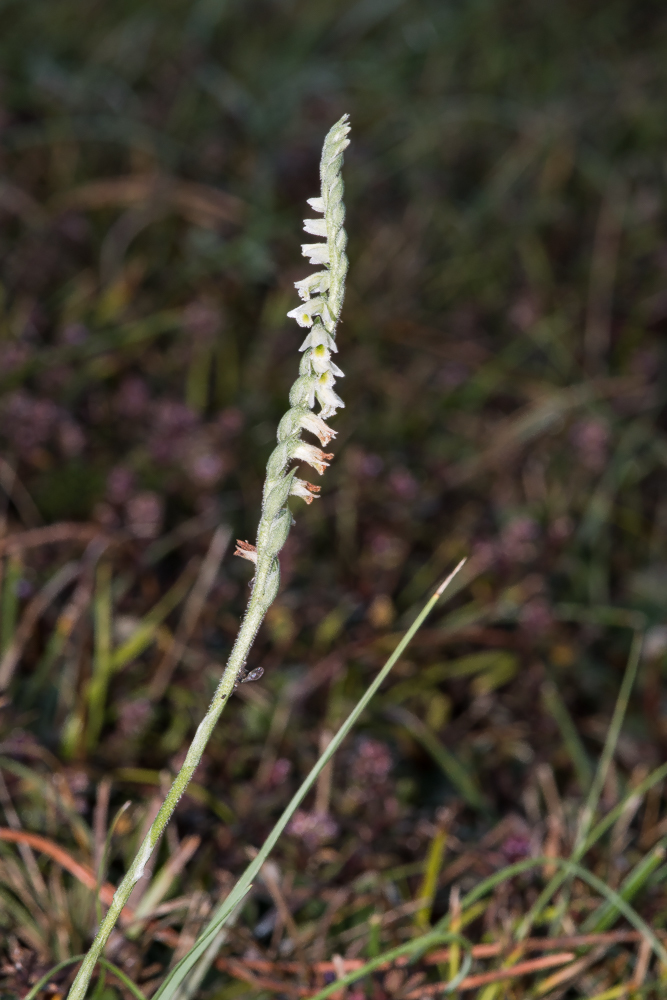https://mindly.social/@joewynne/113408555372910609 joewynne@mindly.social - #Orchids at The Conservatory, a series of greenhouses, on the #Biltmore Estate.
#FlowerFriday
#AshevilleNC #Nature #Bloomscrolling
#Asheville #AVL #Travel
3 Likes
https://mindly.social/@joewynne/113408555372910609 joewynne@mindly.social - #Orchids at The Conservatory, a series of greenhouses, on the #Biltmore Estate.
#FlowerFriday
#AshevilleNC #Nature #Bloomscrolling
#Asheville #AVL #Travel
https://mas.to/@alanstanley/112279223013782926 alanstanley@mas.to - The first orchids are flowering in the field. It is early, and they are purple, so they must be early purple orchids!
#photo #photography #photoOfTheDay #darktable #umbria #italy #italia #bloomscrolling #orchids



Orchids
Set up the camera and went for a walk. Orchids are lovely.
Then off to swamps, rookery, and nature preserves.
So much of Myakka (Lake/Park/River) were destroyed or reconfigured, first by #DeathSantis using COVID money to tear down an environment and wildlife weir, and the job completed by Hurricane Ian, emptying much of the lake onto land, and leaving only a fraction of what was lake. Still many gator, now in smaller space, so dense-packed (and being hot, they're out in force along the edge of the diminished lakes. There are dark "cave entrances" visible along the banks of the Myakka River which were the nesting mounds of the gator (and 'tis the season), so no doubt they're guarding the nests watchfully now.
I found where the limpkins have re-settled, with ample apple snails for their diet. Anhingas are still around, but I found many have taken up residence at a rookery in S. Venice. No roseate spoonbills at all, though some I spoke with have seen them around northern Sarasota. And that's my first post-Ian spring nature observation. Many photos to come. But first, friends/family time.
Happy Easter/Passover!
#myphotos #flowers #fenfotos #orchids #nature [ More flowers @ http://www.fenichel.com/flowers ]


Cephalanthera longifolia f. citrina
Forme jaune très rare de la céphalanthère à longues feuilles
#Orchids #Botanique #Flore
Photos prise en 1992 au-dessus de Miège en Valais
Rhizanthella Gardneri
In Australia, there is an orchid (Rhizanthella gardneri) which grows entirely underground. It was discovered in 1928 by a farmer after he noticed a sweet smell coming from the ground. The discovery generated so much excitement that a wax model was toured around the British Isles.
For much of its life, an underground orchid exists in the soil as a small white rhizome (thickened underground stem). When it flowers, it remains hidden under leaf litter and soil close to the surface, its petals think and pink, its flower head a little larger than an Australian 50 cent coin.
All orchid species need a buddy, a particular soil fungus, for their seeds to germinate, and Rhizanthella must have its habitat to survive. Unfortunately, it's extremely difficult to just grow it in a pot.
The seeds of underground orchids, are like ball bearings and the fruits smell like the famous vanilla orchid of Mexico, whose seeds and pods add scent and flavour to everything from candles to ice cream. It is suspected the seeds of underground orchids via native animal excrement. In Western Australia, these animals are locally extinct. Without bandicoots and wallabies to transport seeds away from the parent plant, the natural cycle of renewal and establishment of new plants has been broken. Not good for the long-term survival of the two Western Australian Rhizanthella species.
Follow this link for a full copy of the article.
#Flowers #Orchids #Australia
I discovered 2 quite rare (according to experts) wild growing orchids in our backyard.
We're trying to collect the dust-size seeds in order to make them less rare....



La dernière orchidée de la saison:
Spiranthes spiralis
http://www.apercufloresuisse.info/spiranthes_spiralis_7304.php
#autumn #orchids #wildflower #macro #photo #nature

Orchis punaise
Anacamptis coriophora
http://www.apercufloresuisse.info/anacamptis_coriophora_226.php
#orchids #flowers #photography #macro